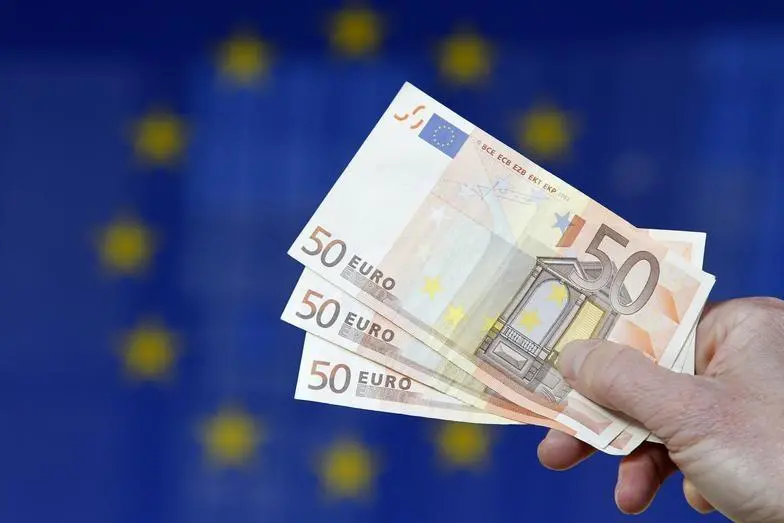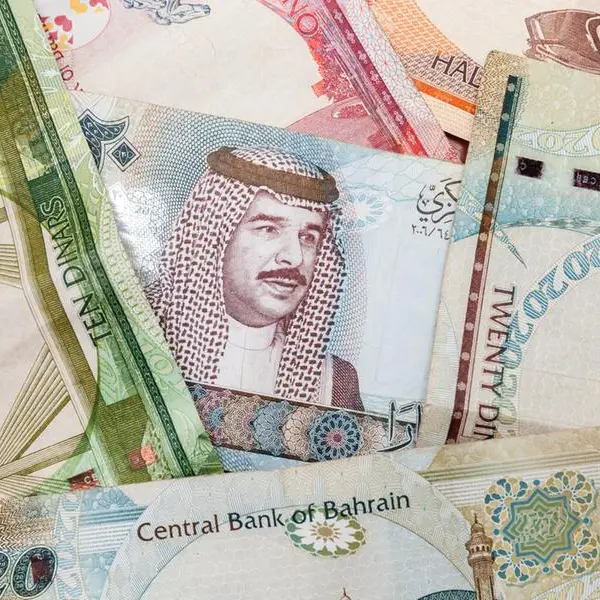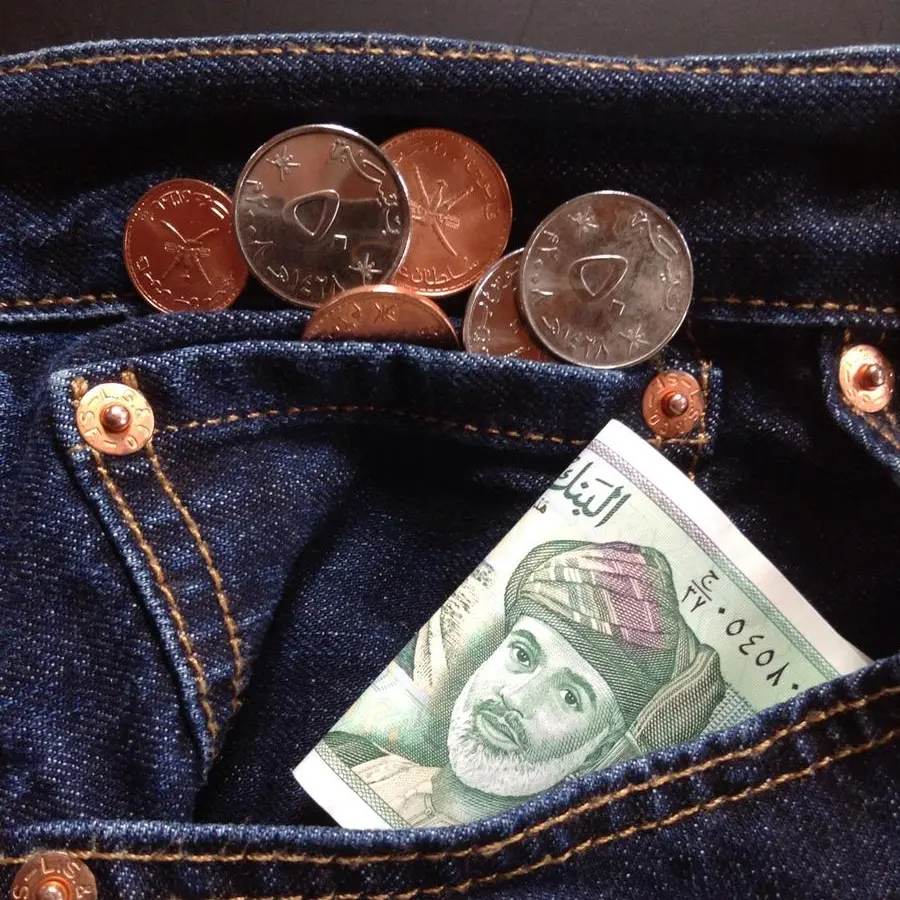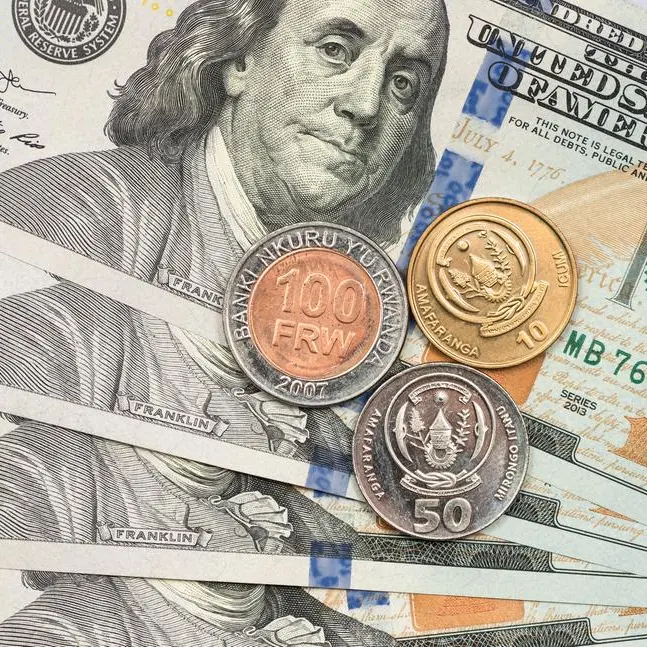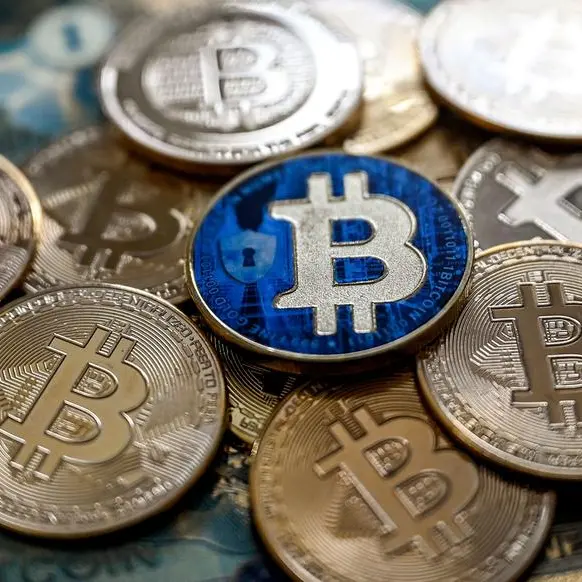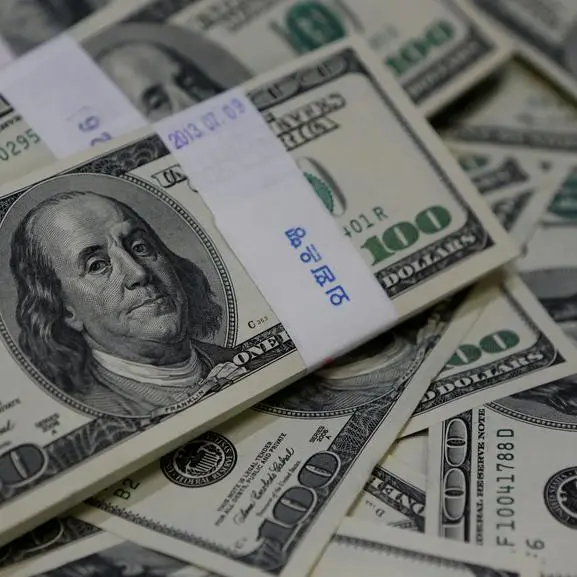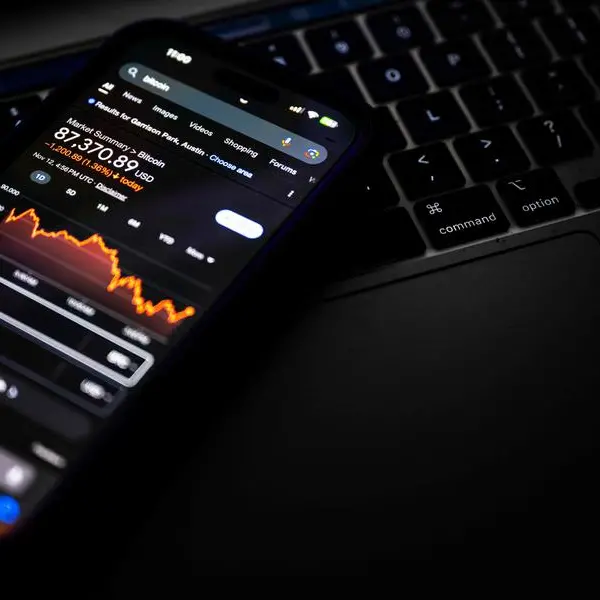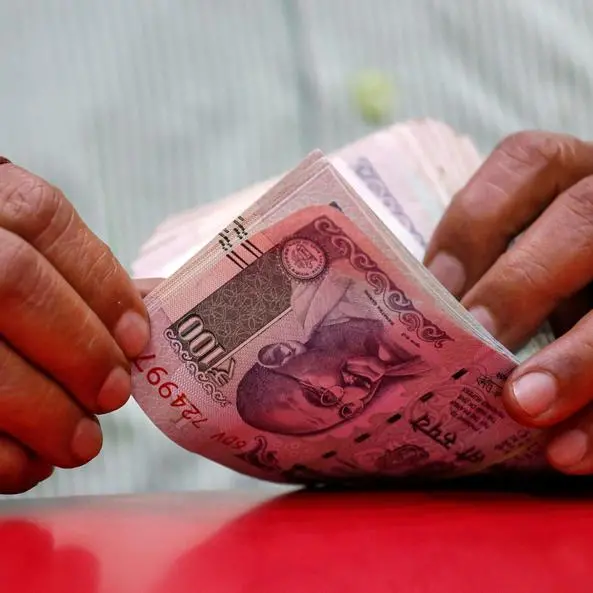PHOTO
The euro hovered near a four-week low versus the dollar on Thursday ahead of a widely anticipated interest rate cut from the European Central Bank, with traders focussed on the policy outlook to gauge the extent of further rate cuts.
The euro was last up about 0.1% at $1.1022 but remained close to the prior session's low of $1.1002 - its weakest level since Aug. 16.
The ECB is almost certain to cut interest rates by 25 basis points (bps) again later on Thursday, having lowered its deposit rate to 3.75% in June. The decision is due at 1215 GMT, followed by ECB President Christine Lagarde's news conference at 1245 GMT.
An array of policymakers have already backed a cut this month, suggesting their debate is likely to focus on how quickly borrowing costs need to fall in subsequent meetings against the backdrop of anaemic economic growth and cooling inflation.
"We're a little bit more downbeat about the outlook for the euro zone," said Colin Asher, senior economist at Mizuho Bank.
"And the fact that inflation risks have probably shifted more towards the downside and inflation expectations are under control will probably allow the ECB to cut not only in September and December, but also in October."
While another cut by December is fully priced into financial markets, the chance of an interim move in October is put at about 37%.
Overall, traders are pricing in 64 bps of cuts from the ECB by the end of the year compared with 103 bps from the Federal Reserve, which looks set to cut borrowing costs next week for the first time in four years.
Data on Wednesday showed U.S. consumer prices rose only marginally in August, but underlying inflation showed some stickiness. As a result, traders pared bets of a 50-bp rate cut by the Fed on Sept. 18 to 13% from 40% a week ago, CMEGroup's Fedwatch tool showed.
"Market pricing for 2024 Fed cuts had been close to its ceiling, leaving it vulnerable to signs of U.S. data steadying out," TD Securities analysts wrote in a report.
VOLATILE YEN
The dollar gained against the yen, following a turbulent session the previous day that saw the U.S. currency slide as much as 1.24% to the lowest this year before recovering all its losses after the consumer price data.
Early on Wednesday, Bank of Japan board member Junko Nakagawa reinforced the central bank's tightening bias by saying low real rates leave room for further rate hikes.
Fellow board member Naoki Tamura, known as a policy hawk, said on Thursday the BOJ must raise rates to at least 1% as soon as the second half of next fiscal year but added that it would likely raise rates slowly and in several stages.
The speeches are a sign of an important shift in communication style at the bank, according to Shoki Omori, chief Japan desk strategist at Mizuho Securities.
"The BOJ is trying to get markets to price in a hike using forward guidance instead of using media outlets, which is a good change," he said. "But markets aren't used to it, so that's one reason why yen volatility has risen in recent weeks."
The dollar was up 0.1% to 142.51 yen at 1103 GMT, after earlier gaining as much as 0.41%. It dipped as low as 140.71 for the first time since Dec. 28 in the prior session, following Nakagawa's comments.
Sterling was steady at $1.3050, after dipping to $1.30025 in the previous session, its lowest since Aug. 20.
The Swiss franc was on the back foot, with the dollar gaining 0.2% to 0.8541 franc, touching its highest since Aug. 21 at one point on Thursday.
(Reporting by Kevin Buckland in Tokyo and Sruthi Shankar in London; Editing by Shri Navaratnam, Mark Potter and Chizu Nomiyama)
